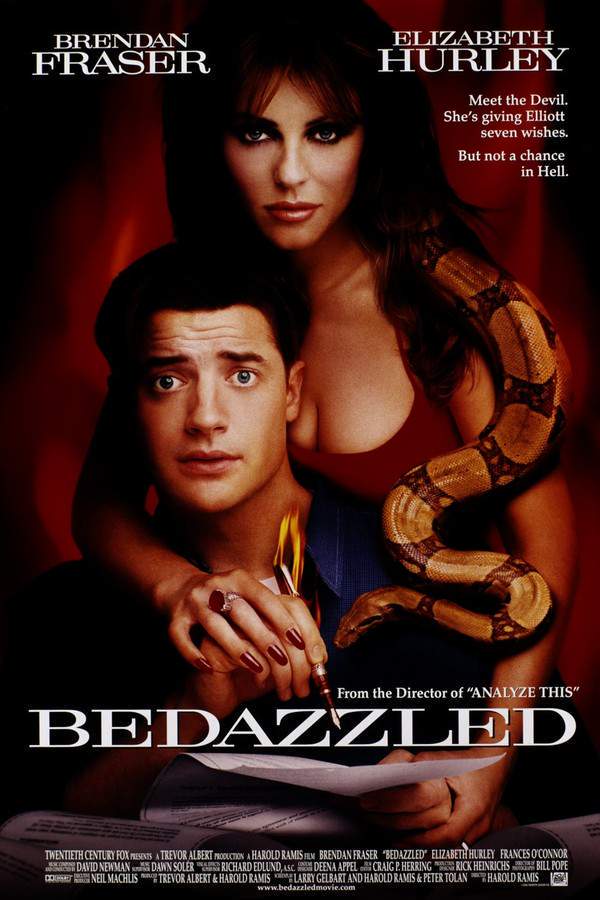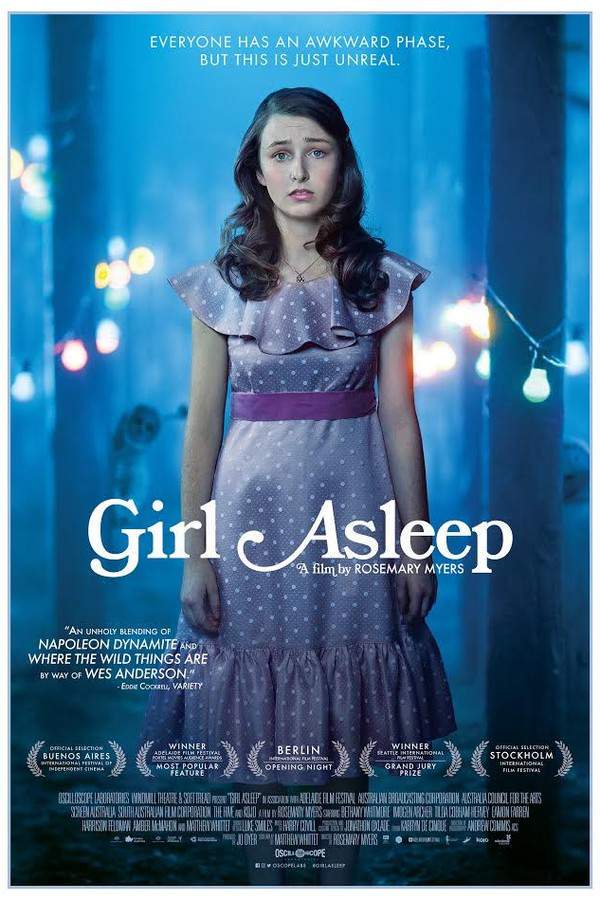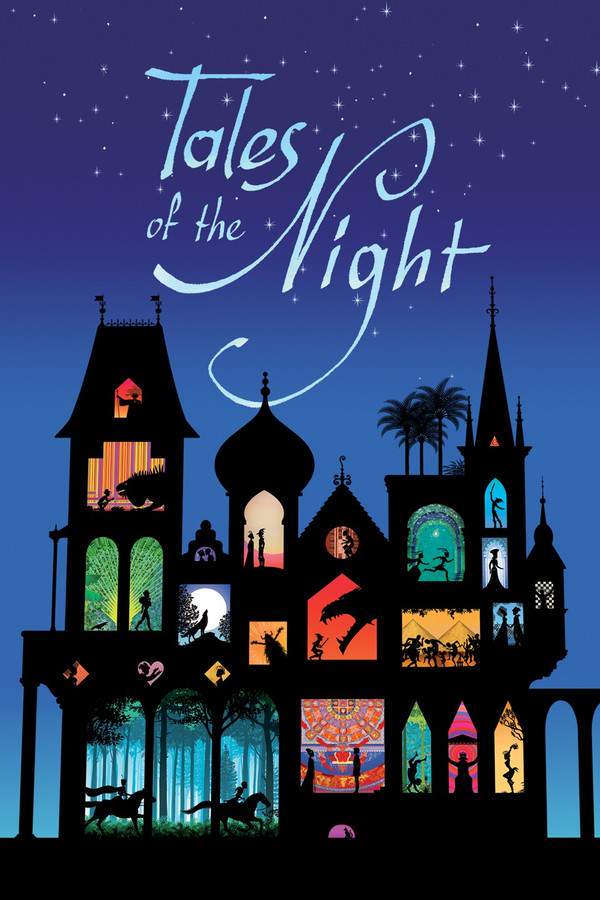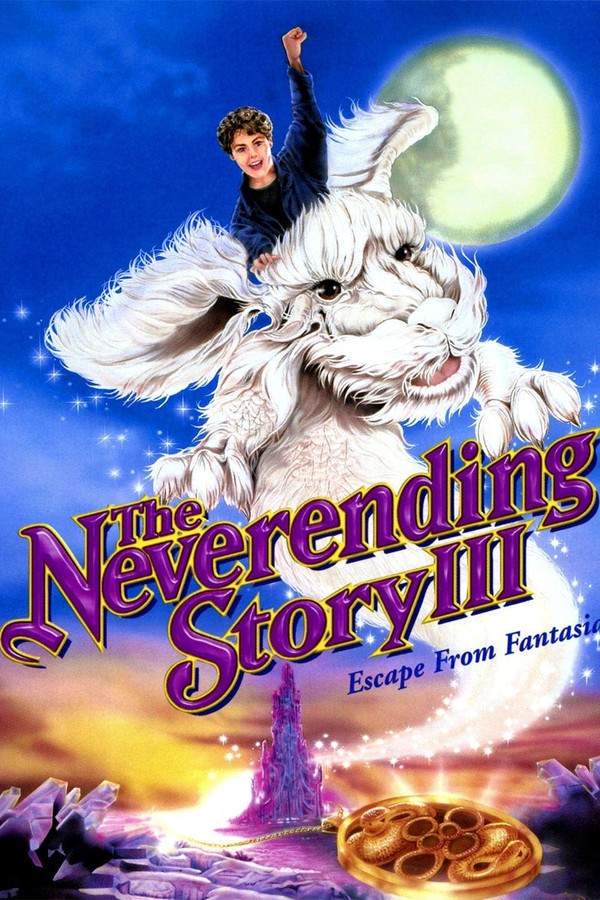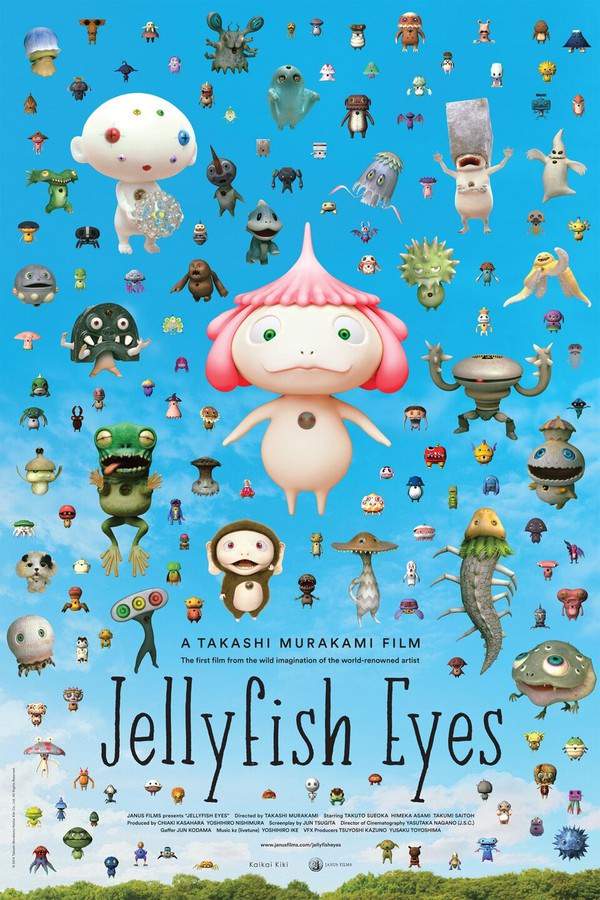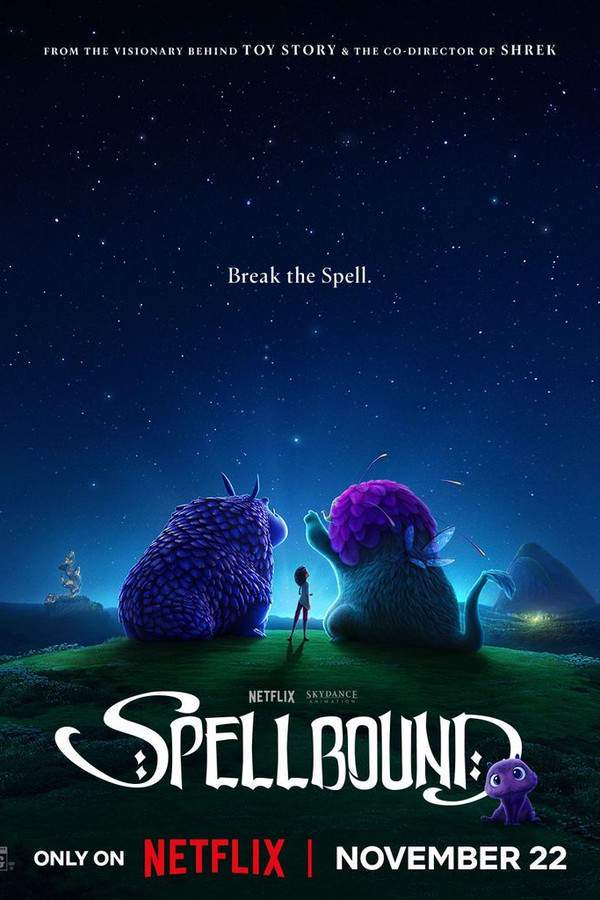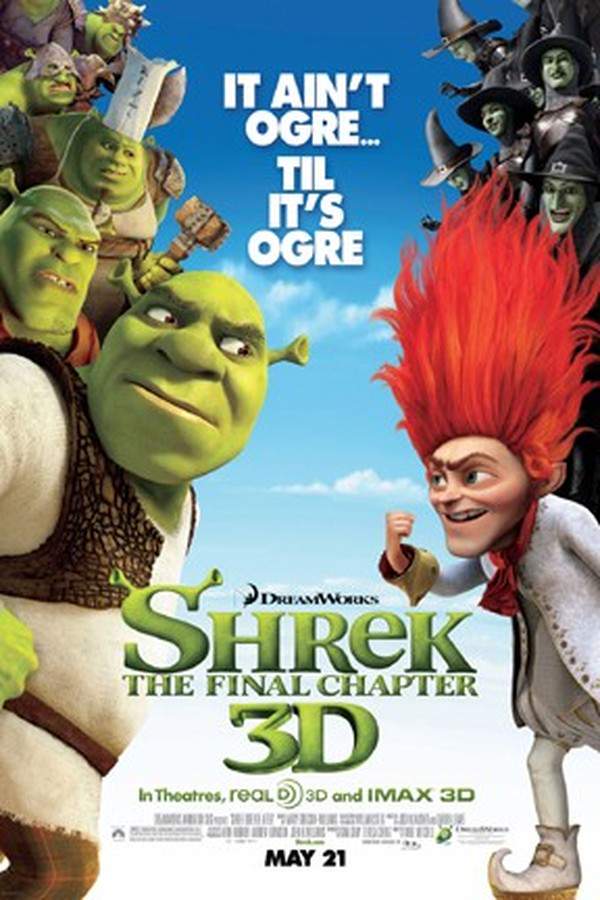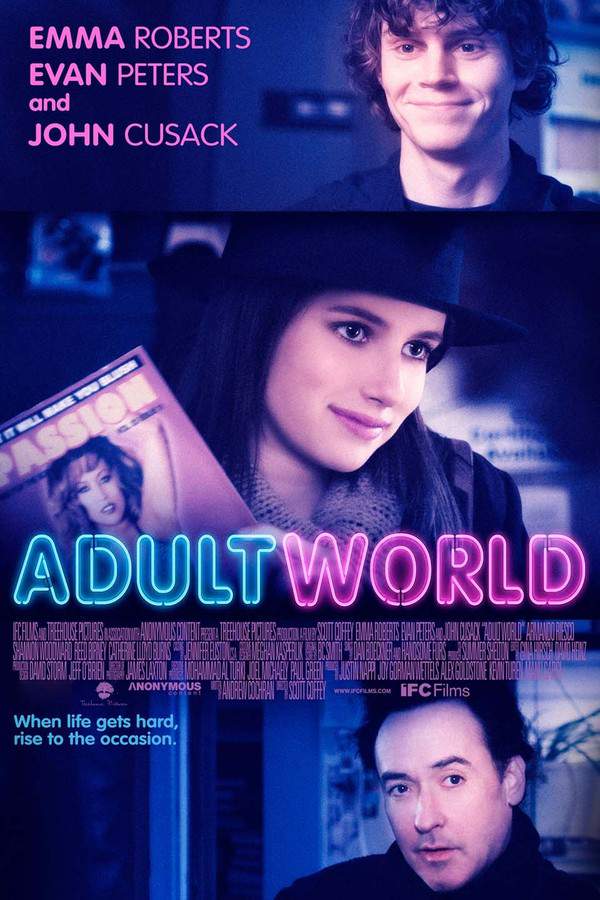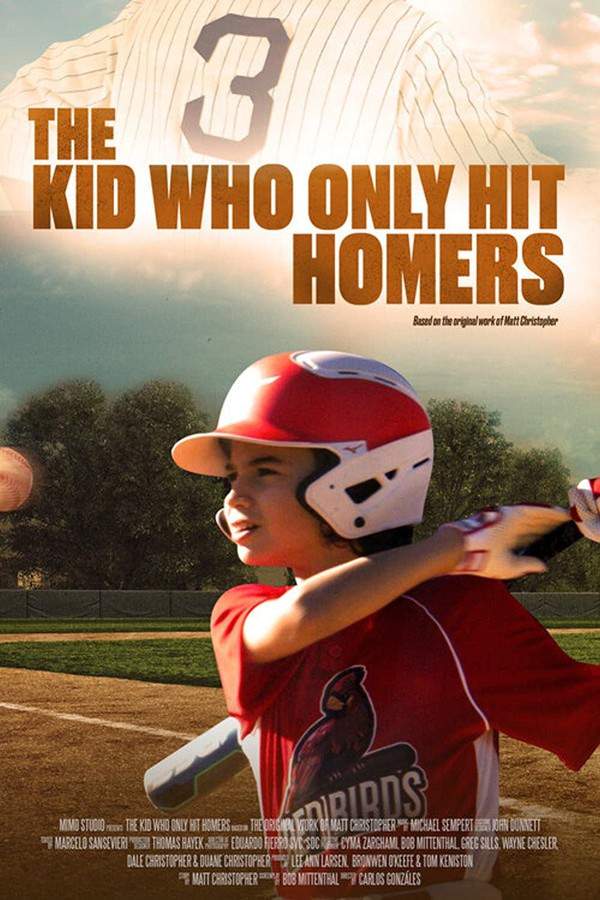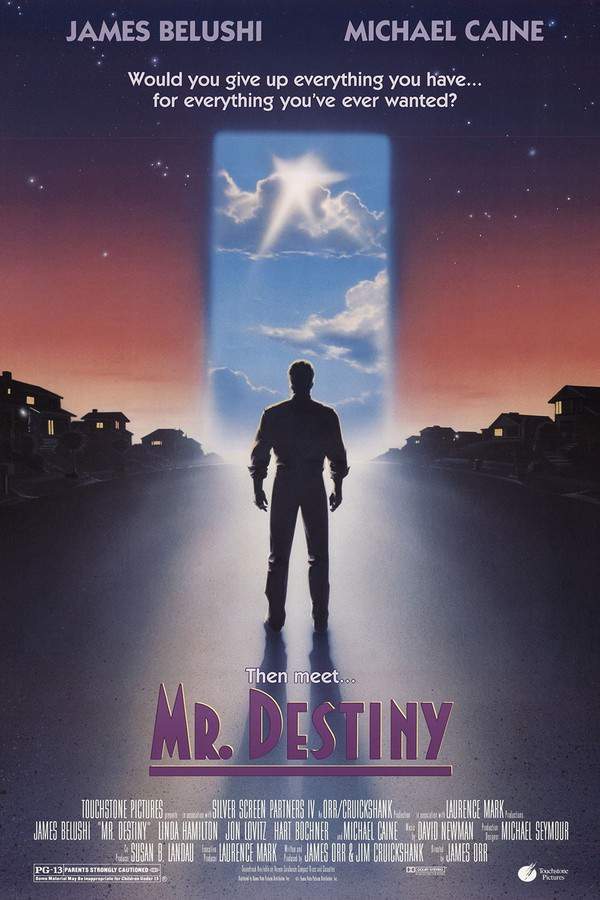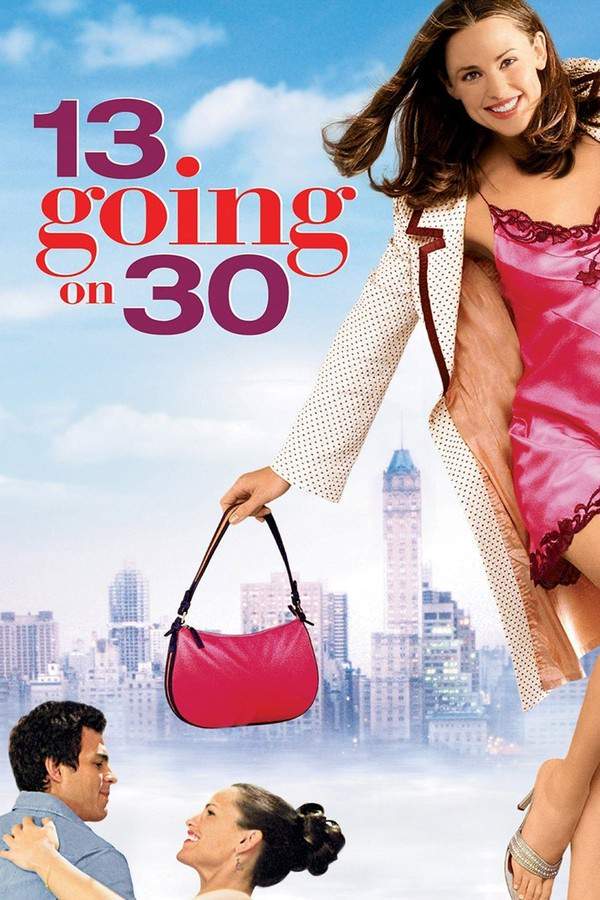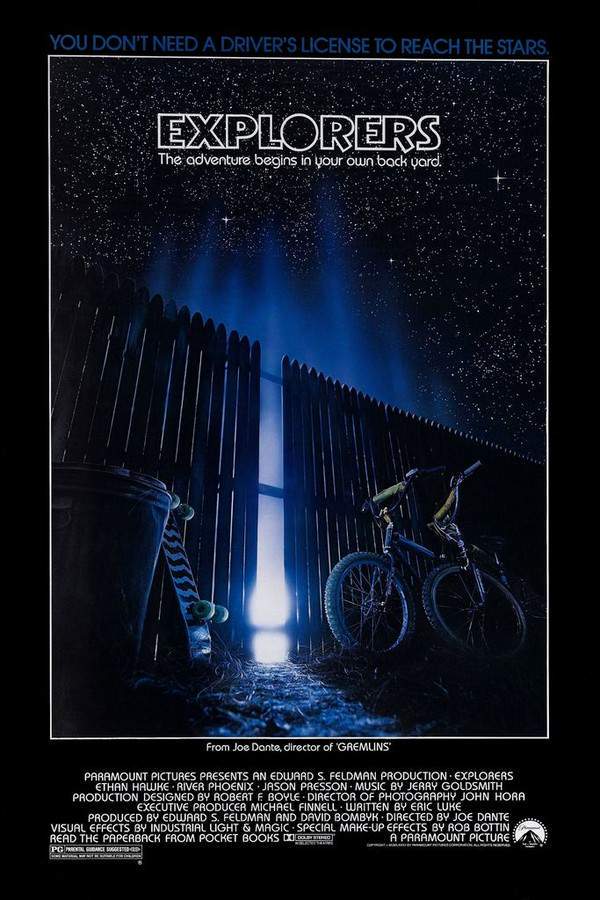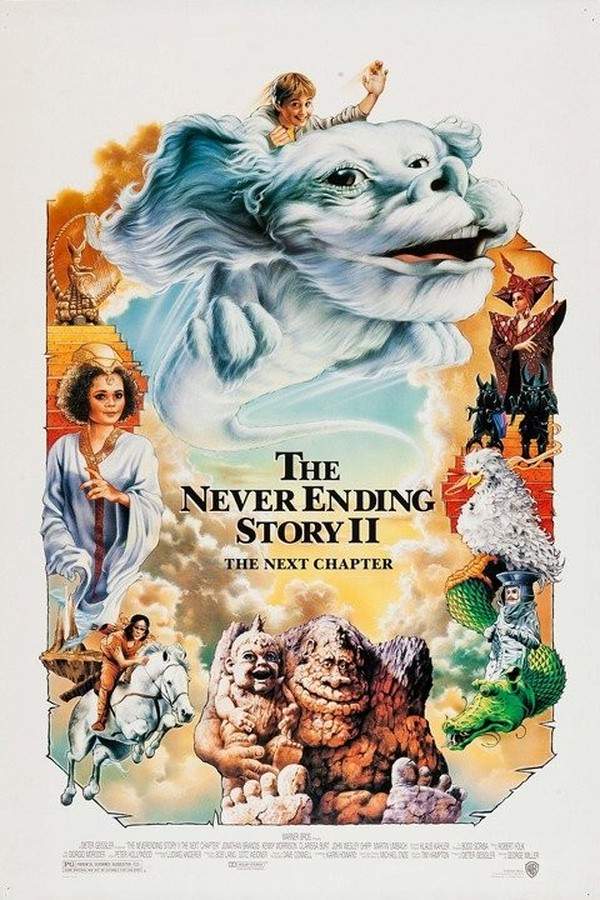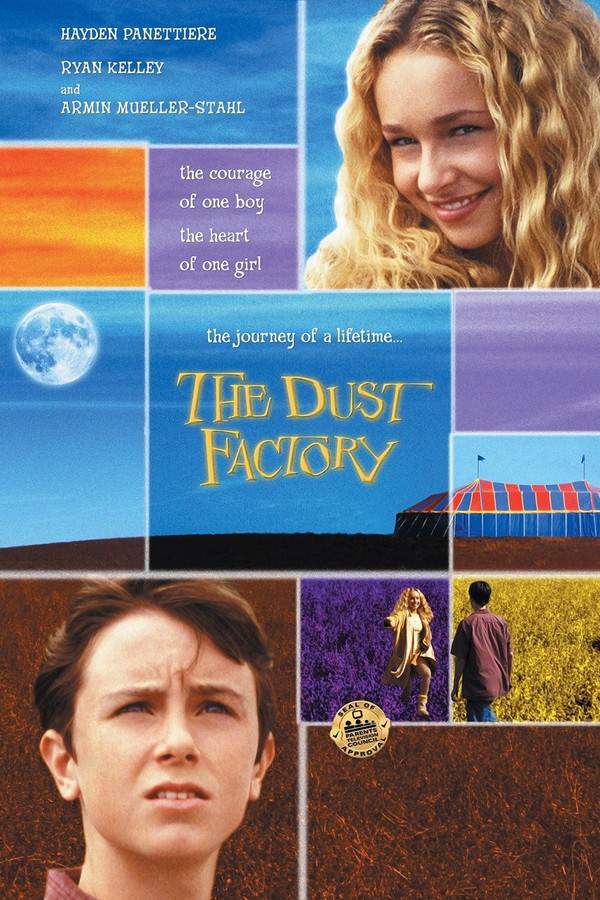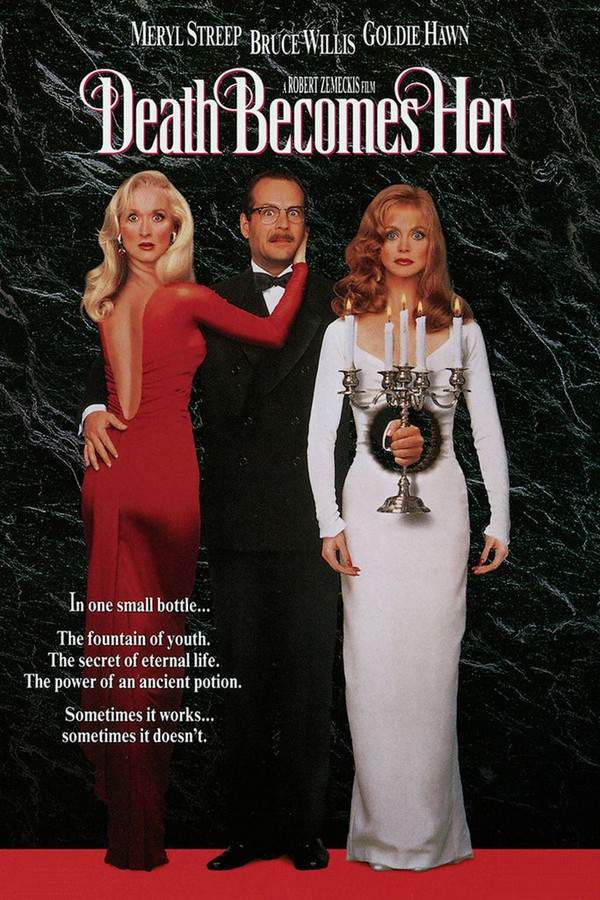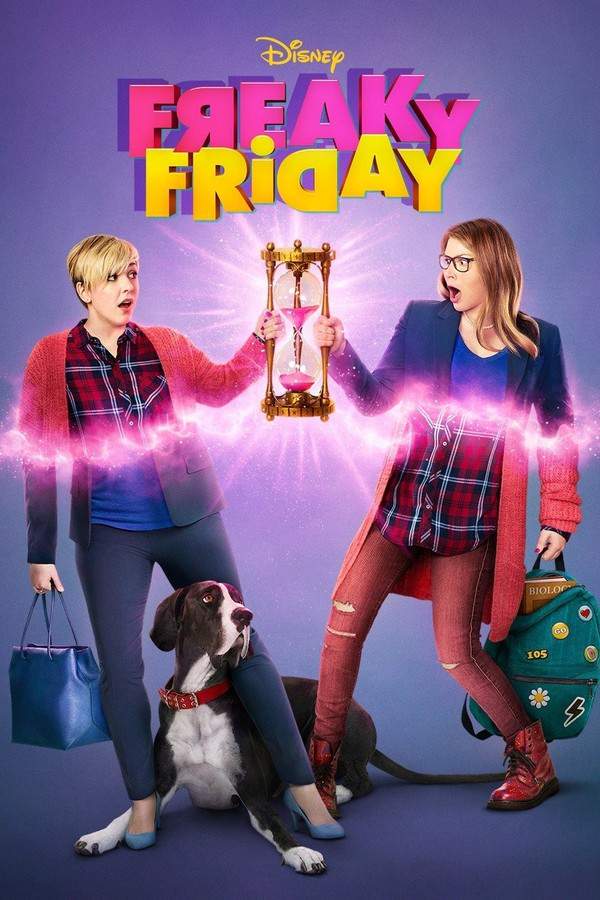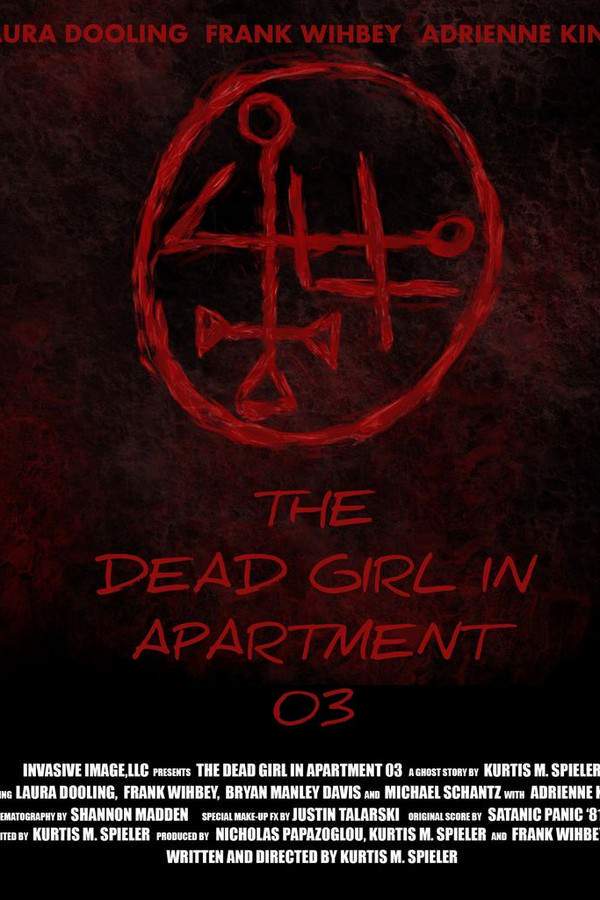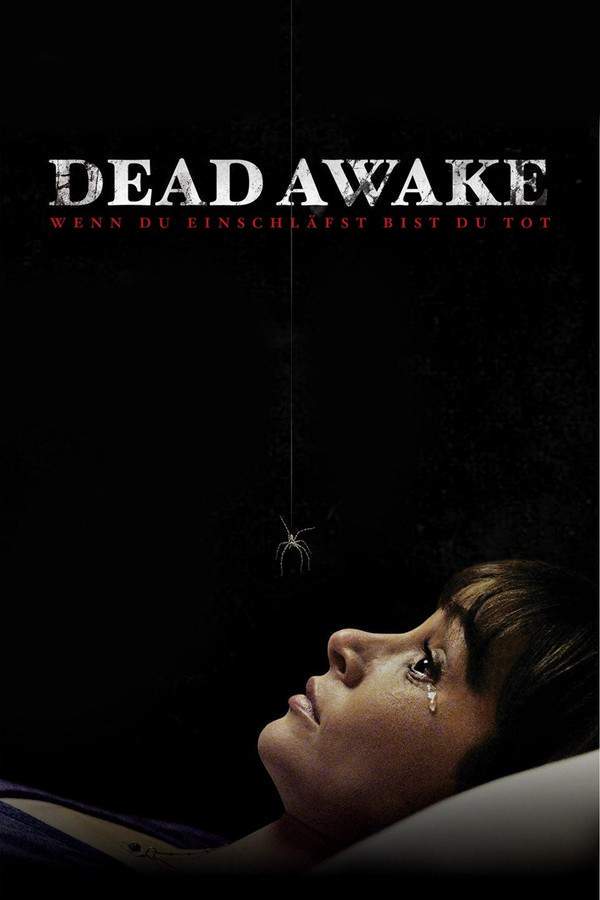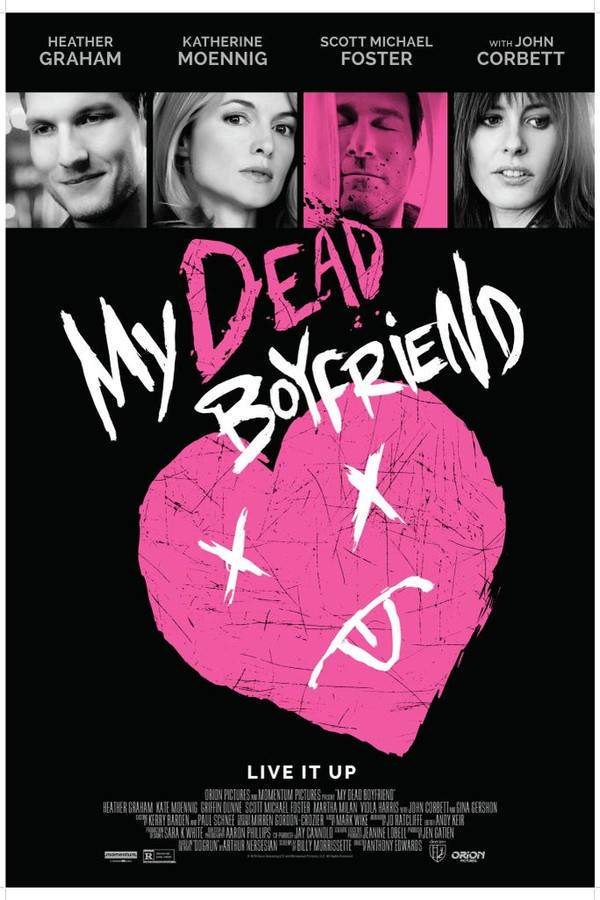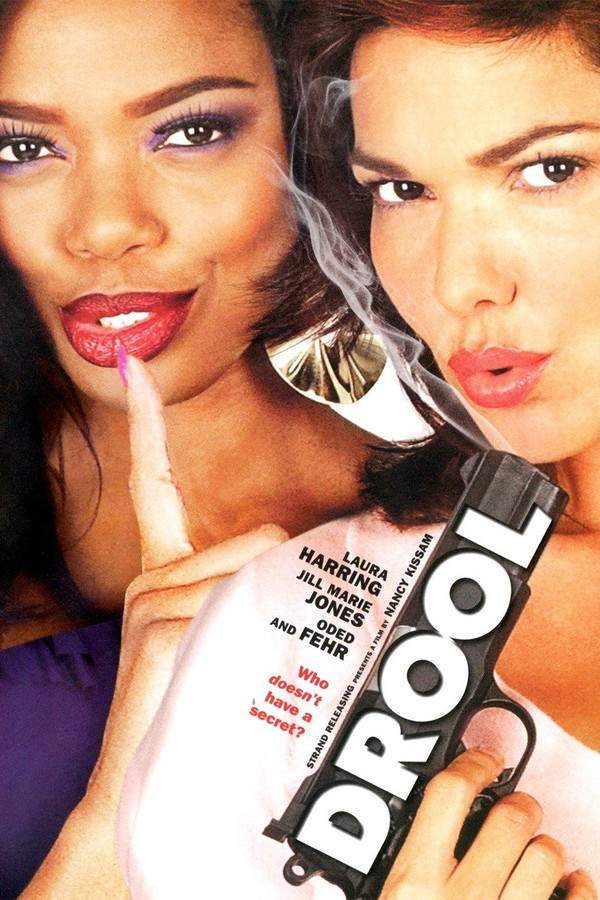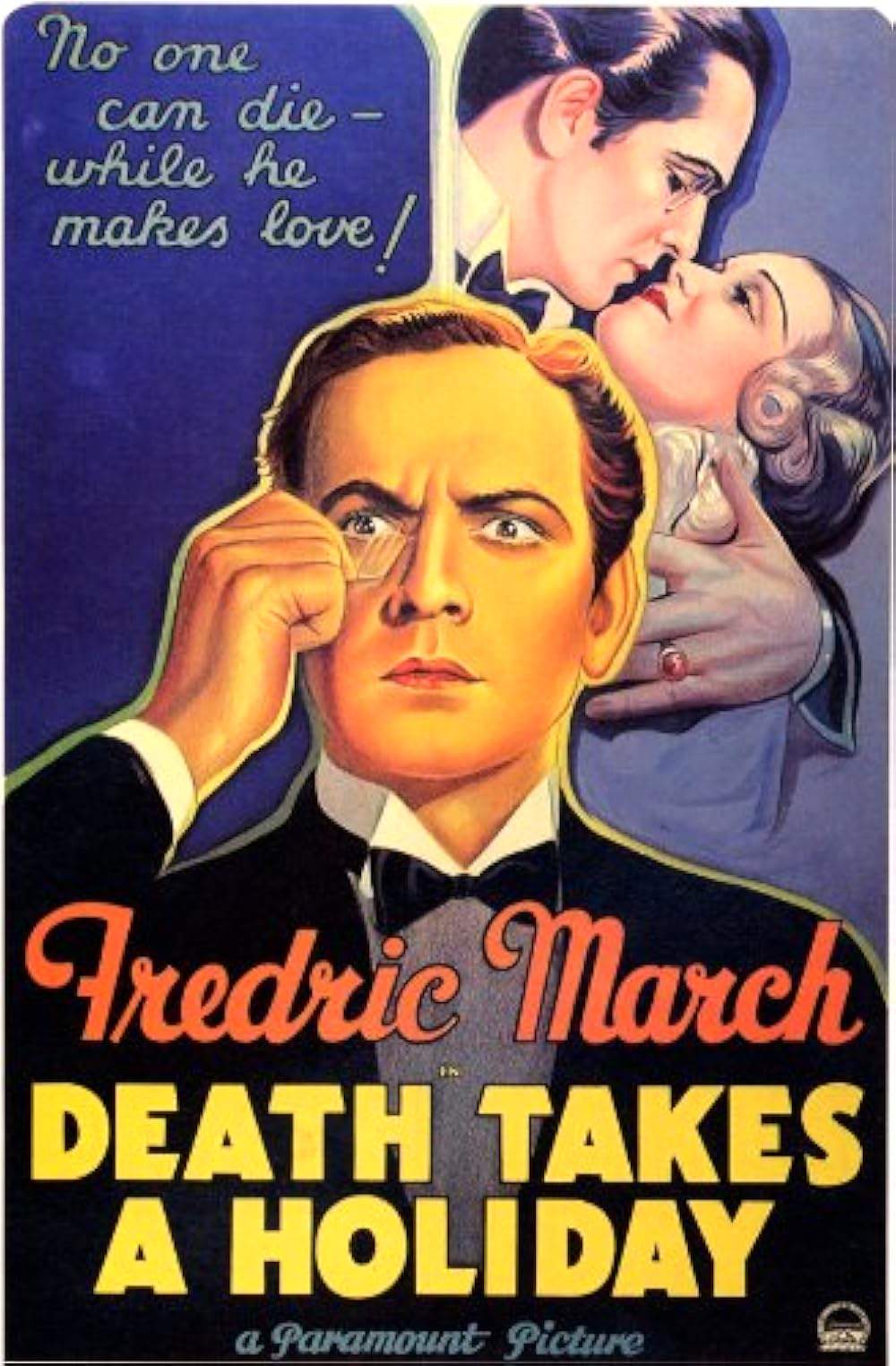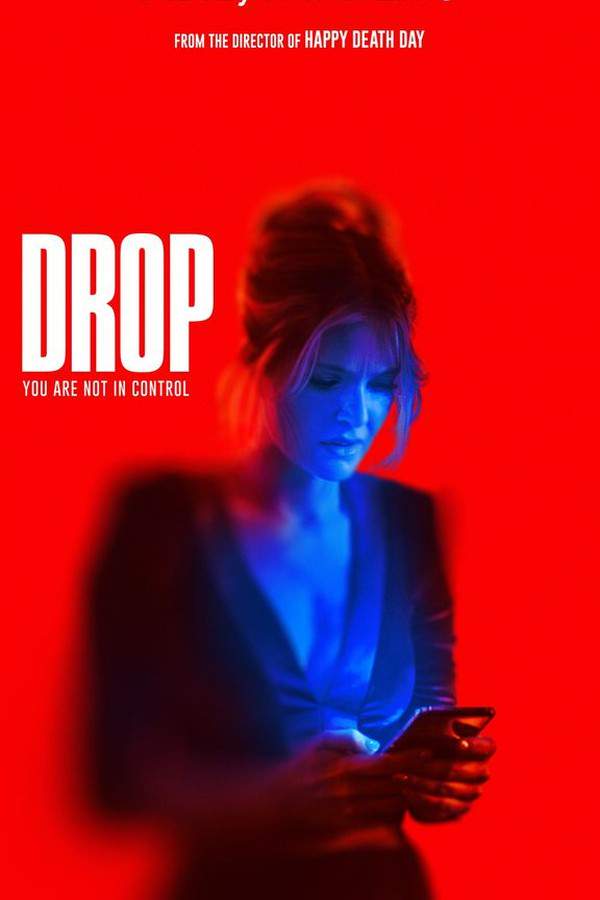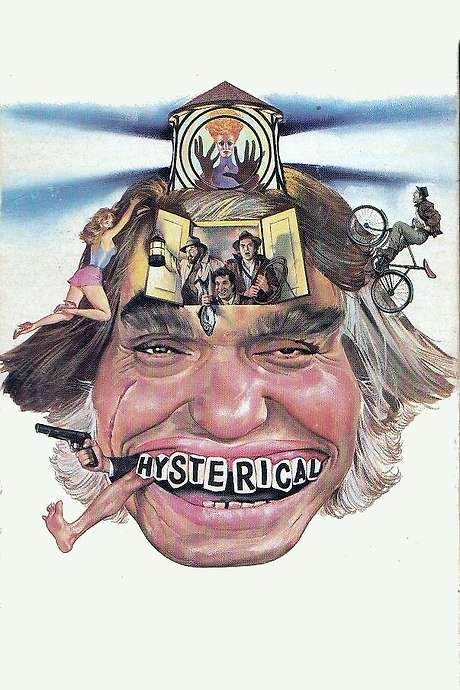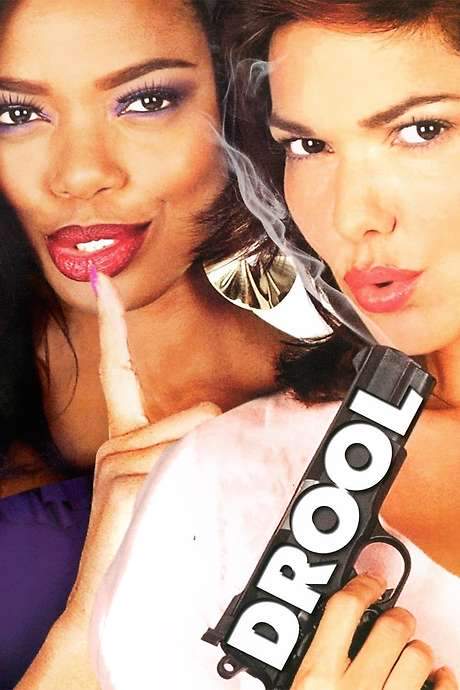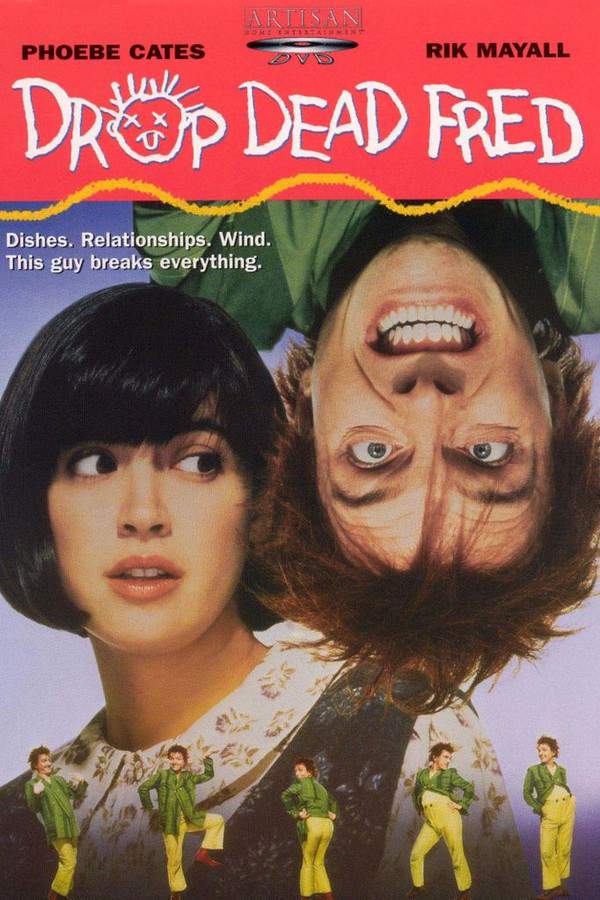
Drop Dead Fred
Year: 1991
Runtime: 103 min
Language: English
Director: Ate de Jong
A woman struggling with a monotonous life finds unexpected joy when her imaginary childhood friend, Drop Dead Fred, reappears. This free-spirited and mischievous figure helps her break free from her repressed emotions and rediscover a sense of playful rebellion, ultimately helping her to confront her frustrations and embrace a more authentic version of herself.
Warning: spoilers below!
Haven’t seen Drop Dead Fred yet? This summary contains major spoilers. Bookmark the page, watch the movie, and come back for the full breakdown. If you're ready, scroll on and relive the story!
Drop Dead Fred (1991) – Full Plot Summary & Ending Explained
Read the complete plot breakdown of Drop Dead Fred (1991), including all key story events, major twists, and the ending explained in detail. Discover what really happened—and what it all means.
As the unassuming court reporter, Elizabeth Cronin finds herself stepping away from the monotony of her daily grind in Minneapolis, she attempts to reconnect with her estranged husband, Charles. However, this encounter presents a brutal reality check: Charles unwaveringly desires a divorce and has embarked on a new romance with another woman, Annabella. This disheartening meeting triggers a cascade of unfortunate events that unfold like a series of cascading dominoes.
While struggling to collect her thoughts at a public phone booth, Elizabeth’s day takes a turn for the worse when two would-be thieves—one snatching her purse and the other stealing her car—leave her stranded and frustrated. This unexpected misfortune forces her to return to work late, resulting in her termination from the courthouse. As she leaves the building, she unexpectedly runs into Mickey Bunce, a friend from her childhood, who brings back fond memories of their youthful adventures together, including the imaginary friend who provided her comfort during a troubled time: Drop Dead Fred.
These nostalgic memories serve as a vivid reminder of the emotional burdens Elizabeth has carried, particularly stemming from her tumultuous relationship with her mother, Polly. Flashbacks provide insight into the complex dynamics of her connection with Fred, highlighting both the joy he brought into her childhood and the chaos that often ensued. This delicate balance reflects her repressed feelings toward her overbearing mother and her yearning for a sense of liberation.
After a pep talk from Janie, Elizabeth makes the ill-conceived choice to move back in with her mother, who immediately chastises her for the divorce. In an effort to rekindle Charles’ affection, Elizabeth undergoes a makeover in hopes of impressing him. However, this new persona is short-lived, as it is soon interrupted by Fred’s dramatic reappearance.
Initially, Elizabeth believes that Fred has returned to help her regain her confidence and charm Charles. Yet, his mischievous antics only serve to intensify the chaos around her—destroying a restaurant, sinking Janie’s houseboat, and even leading Elizabeth to clash with a violinist at a mall. Concerned for her daughter’s erratic behavior, Polly decides to take Elizabeth to a child psychologist, who prescribes medication intended to rid her of Fred.
In the waiting room, a poignant moment unfolds as Fred interacts with the imaginary friends of other children, emphasizing that these spectral companions are not merely figments of the imagination. Meanwhile, the medication begins to stifle Fred’s essence, serving as a stark reminder of the consequences associated with attempting to suppress one’s past.
As Elizabeth delves deeper into her psyche, she is reminded of a defining moment from her childhood when she imagined Fred hiding in a jack-in-the-box to escape her mother’s rage. This traumatic experience left her feeling utterly abandoned, culminating in her father’s departure from their home. The heartfelt letter she wrote to Fred, expressing her longing to escape with him, serves as a potent testament to the enduring power of imagination in shaping one’s reality.
With this newfound understanding of her inner self, Elizabeth and Fred devise a daring plan: to crash Charles’ party, fully embracing the chaos and mayhem that ensue. As they revel in the delightful anarchy, it becomes apparent that their bond transcends the boundaries of reality, embodying Elizabeth’s deep-seated desires for freedom and escape that have driven her throughout her turbulent life.
As Charles fervently attempts to rekindle their romance, Elizabeth initially finds herself excited about the prospect of reuniting with him. However, her joy is short-lived; Fred’s perceptive insights and unwavering commitment to the truth ultimately reveal Charles’ continued infidelity with Annabella. This revelation shatters Elizabeth’s illusions and leaves her heartbroken, grappling with the fear of loneliness that prevents her from leaving Charles. Eventually, Elizabeth’s emotional state grows precarious, culminating in a dramatic collapse.
Upon recovering from her physical and emotional exhaustion, Elizabeth embarks on a transformative inner journey, leading to a dream sequence where she confronts her childhood self, previously imprisoned by her own fears. Guided by Fred, she liberates this young version of herself, instilling the confidence needed to reject Charles’ advances and stand up against the oppressive forces that have held her captive for too long. This cathartic awakening culminates in a tender kiss with Fred, who then vanishes from her life.
When Elizabeth awakens, her newfound empowerment compels her to take a decisive stand: she fully terminates her relationship with Charles, finally rising against Polly’s oppressive control. Before departing, she offers an olive branch to her former tormentor, encouraging Polly to seek comfort in the company of others to escape her own loneliness.
As Elizabeth enters this new chapter of her life, she pays a visit to Mickey and his daughter, Natalie, only to discover that Fred has taken up residence in Natalie’s life. Although Elizabeth is unable to perceive Fred’s presence, she is left reflecting on the profound mysteries of their intertwined destinies, knowing that he remains an integral part of Natalie’s world.
Last Updated: November 22, 2024 at 10:39
Explore Movie Threads
Discover curated groups of movies connected by mood, themes, and story style. Browse collections built around emotion, atmosphere, and narrative focus to easily find films that match what you feel like watching right now.
Whimsical Healing Movies like Drop Dead Fred
Stories where chaos and mischief help characters rediscover their inner strength.Discover movies like Drop Dead Fred, where chaotic, playful forces help characters overcome emotional repression. If you enjoyed the mix of slapstick humor and sincere self-discovery, these films offer similar journeys of healing through whimsical rebellion and imaginative escapes.
Narrative Summary
The narrative follows a protagonist, often feeling trapped or repressed, whose life is turned upside down by the arrival of a chaotic, fantastical influence. This external force creates comedic mayhem but also serves as a mirror, forcing the protagonist to address past traumas, break free from emotional constraints, and ultimately achieve a more integrated and empowered sense of self, often with a bittersweet farewell to the chaotic guide.
Why These Movies?
These films are grouped together because they share a unique tonal blend: the surface-level whimsical chaos is deeply intertwined with a serious emotional journey. The pacing often alternates between frantic, humorous set pieces and quieter, reflective moments, creating a memorable, bittersweet experience centered on catharsis and personal growth.
Movies about Childhood Fantasies like Drop Dead Fred
When figures from a childhood imagination return to challenge adult realities.Find movies similar to Drop Dead Fred that explore the return of childhood fantasies into adult life. These stories blend nostalgia with personal crisis, using imaginative elements to challenge characters' present realities and help them reconcile their past and present selves.
Narrative Summary
The plot is triggered by the unexpected return of a potent symbol from the protagonist's childhood. This reawakened fantasy clashes with the protagonist's rigid adult world, initially causing disruption but ultimately guiding them to address unresolved childhood issues. The journey involves reconciling the innocent, creative self with the jaded adult, often leading to a more authentic and balanced life.
Why These Movies?
Movies in this thread share a focus on the psychological impact of childhood and the power of nostalgia. They often use a fantastical or metaphorical lens to explore themes of memory, trauma, and the struggle to maintain creativity and wonder in the face of adult conformity, resulting in a tonally complex mix of melancholy and hope.
Unlock the Full Story of Drop Dead Fred
Don't stop at just watching — explore Drop Dead Fred in full detail. From the complete plot summary and scene-by-scene timeline to character breakdowns, thematic analysis, and a deep dive into the ending — every page helps you truly understand what Drop Dead Fred is all about. Plus, discover what's next after the movie.
Drop Dead Fred Timeline
Track the full timeline of Drop Dead Fred with every major event arranged chronologically. Perfect for decoding non-linear storytelling, flashbacks, or parallel narratives with a clear scene-by-scene breakdown.

Characters, Settings & Themes in Drop Dead Fred
Discover the characters, locations, and core themes that shape Drop Dead Fred. Get insights into symbolic elements, setting significance, and deeper narrative meaning — ideal for thematic analysis and movie breakdowns.

Drop Dead Fred Spoiler-Free Summary
Get a quick, spoiler-free overview of Drop Dead Fred that covers the main plot points and key details without revealing any major twists or spoilers. Perfect for those who want to know what to expect before diving in.

More About Drop Dead Fred
Visit What's After the Movie to explore more about Drop Dead Fred: box office results, cast and crew info, production details, post-credit scenes, and external links — all in one place for movie fans and researchers.

Similar Movies to Drop Dead Fred
Discover movies like Drop Dead Fred that share similar genres, themes, and storytelling elements. Whether you’re drawn to the atmosphere, character arcs, or plot structure, these curated recommendations will help you explore more films you’ll love.
Explore More About Movie Drop Dead Fred
Drop Dead Fred (1991) Scene-by-Scene Movie Timeline
Drop Dead Fred (1991) Movie Characters, Themes & Settings
Drop Dead Fred (1991) Spoiler-Free Summary & Key Flow
Movies Like Drop Dead Fred – Similar Titles You’ll Enjoy
Death Becomes Her (1992) Full Movie Breakdown
Freaky Friday (2003) Full Summary & Key Details
The Dead Girl (2006) Full Summary & Key Details
Dead Awake (2010) Full Movie Breakdown
Dummy (2003) Plot Summary & Ending Explained
My Dead Boyfriend (2016) Full Summary & Key Details
Drool (2010) Movie Recap & Themes
Death Takes a Holiday (1934) Story Summary & Characters
Drop (2025) Movie Recap & Themes
Drop Dead Sexy (2005) Complete Plot Breakdown
Hysterical (1982) Detailed Story Recap
Return of the Dead (1979) Ending Explained & Film Insights
Nothing Funny (1995) Plot Summary & Ending Explained
Drop Dead! (2009) Movie Recap & Themes
Drool (2009) Film Overview & Timeline


